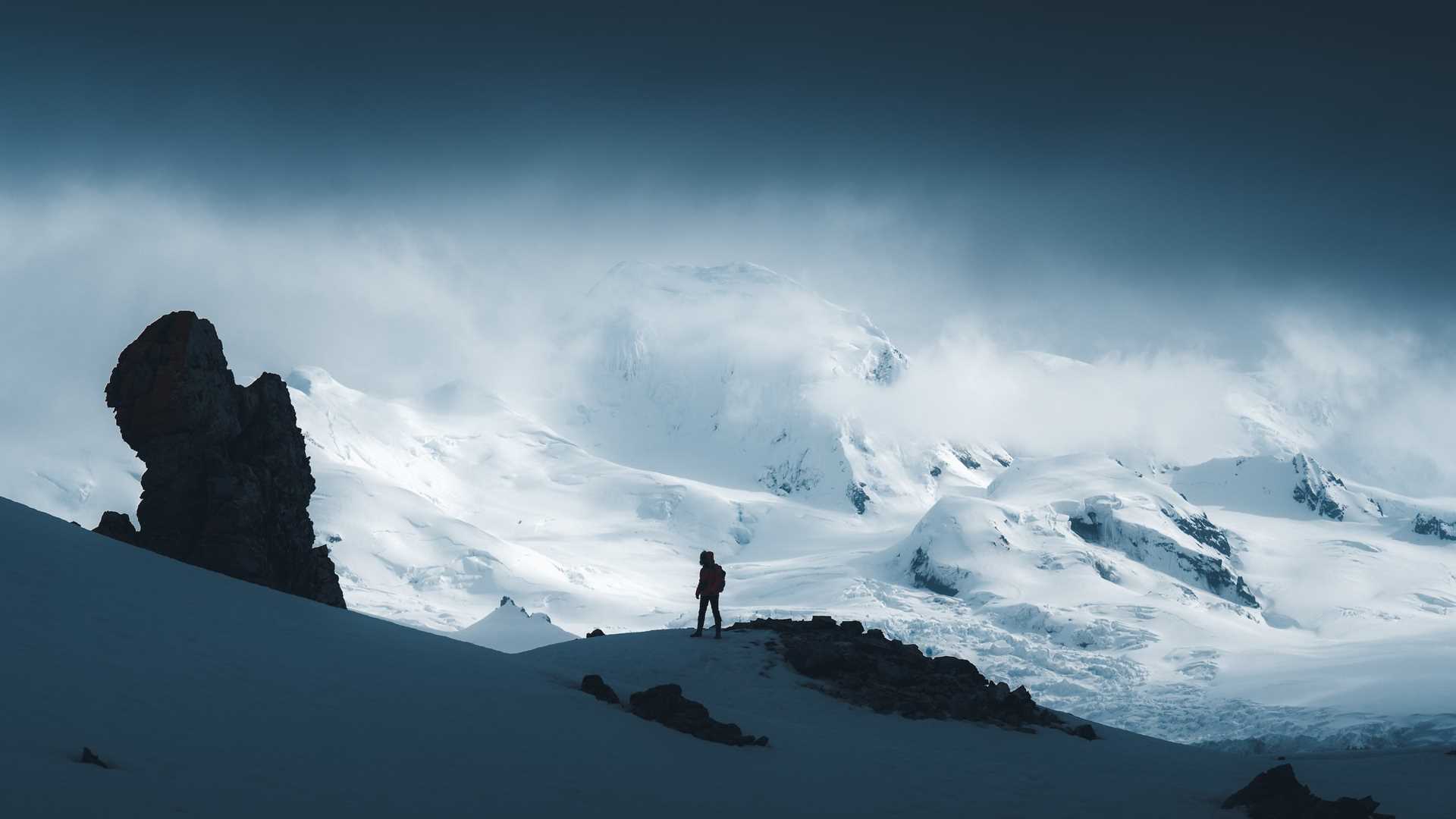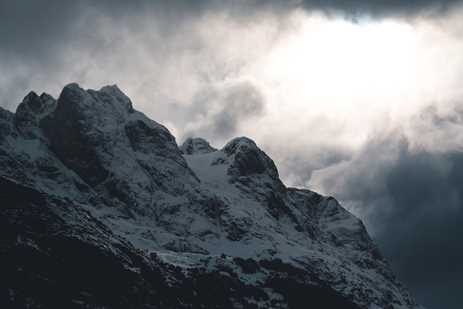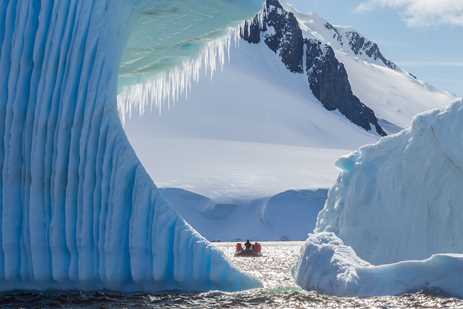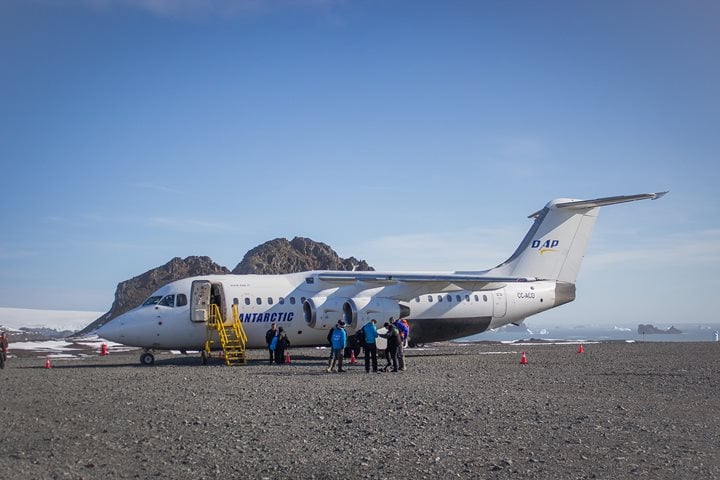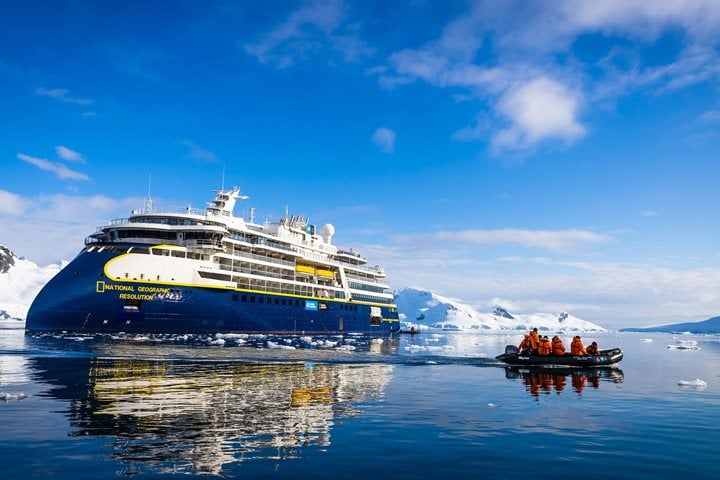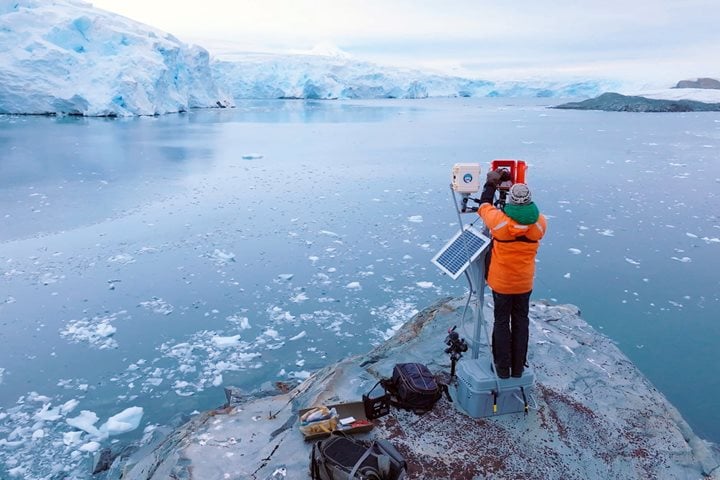Photo Tips to Know Before You Go
For a trip like this, preparation is key. As an avid photographer, there’s many aspects to consider when going away for a long period of time. Even more when the destinations you’ll be exploring are remote and cold. Here is all the gear I packed.
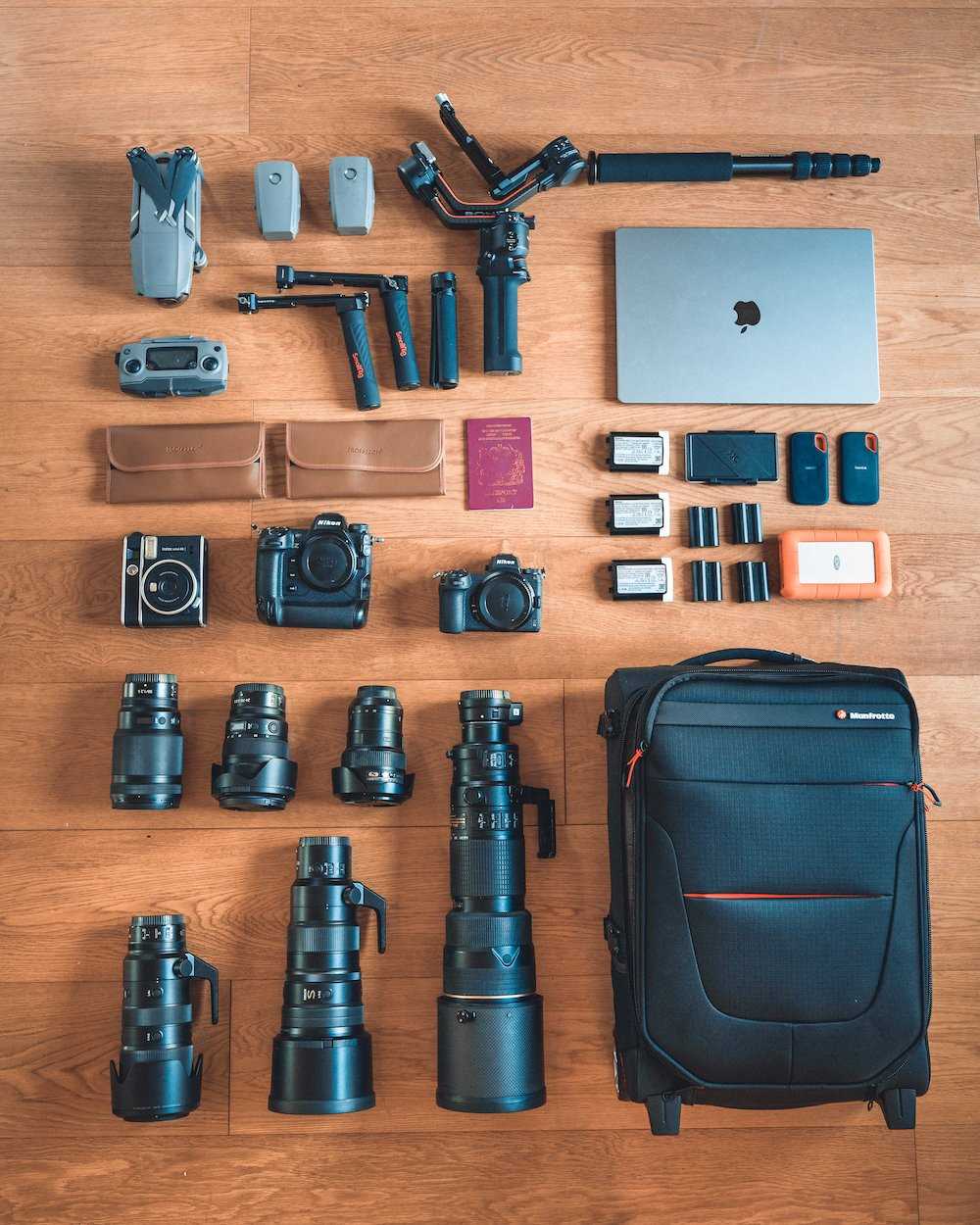
- Nikon Z7II
- Nikon Z9
- 200-400mm F/4
- 400mm F/4.5
- 16-35mm F/4
- 70-200mm F/2.8 (my most used lens for photographing penguins)
24-70mm F/2.8 (Great all-around lens I also used a lot)
50mm F/1.2 (my least-used lens)
Ronin-RS2 gimbal
Batteries (bring spares, nothing saps battery like the cold)
Don't overlook storage. While you may not be a professional photographer, you'll be surprised by how many photos you take, especially on longer trips. Always bring multiple memory cards for your camera. If you have the space, a laptop and external USB/Harddrive will also be useful to have an extra backup.
Consider what images you want to capture. For landscapes showing the full scope of the area, a wide angle lens is great. But if you want to get close-ups of penguins, seals, or whales you’ll need a telephoto lens. Many of the penguins aren’t usually that far away so a 200mm lens would work, but if you want to get whales and further photos I’d recommend 400mm to 500mm.
Prepare for wet weather. Use a waterproof cover if you can. A lens hood, usually used for sunny conditions to reduce glare, can also work well to prevent water from getting to the lens. Try to plan ahead and attach the lens you want to use to your camera body before you head out--you don’t want to risk getting water on your sensor by changing lenses in a snowstorm. And lastly, always carry a lens cloth or absorbent wipe you can use to clean the lens.
Troubleshoot a cold camera. One thing to note about your gear is that extreme temperatures can cause cameras to freeze up. If this happens (and it happened to me a couple times in Antarctica), try to turn it on and off a few times, or if that doesn't help removing and reinserting the battery should do the trick.

